My Waller ancestors were not the most important family in this part of Kent but their fortunes did change for the better in later years, I wonder if this is because of this episode in the family’s history? Not everyone captures a member of the French aristocracy, it must have given them a bit of a boost socially but it certainly didn't increase their wealth (a ransom was never paid for the duke’s release.) Their money was made in the iron industry.


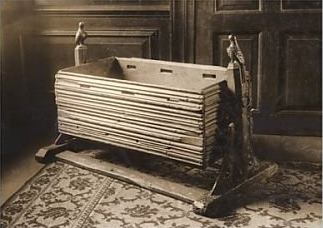
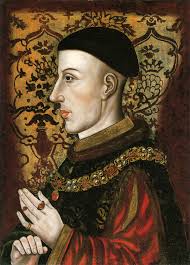
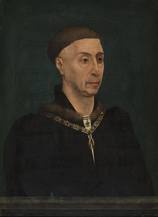
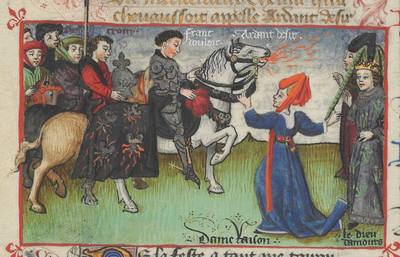

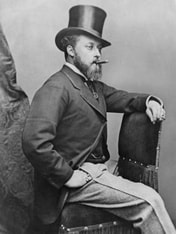
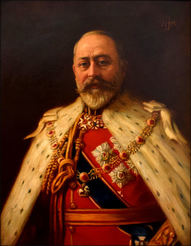
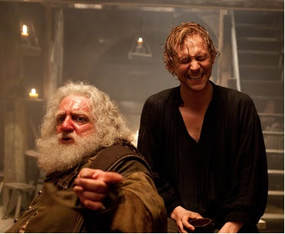
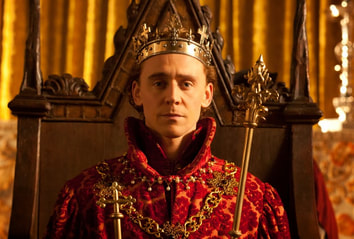
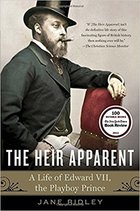
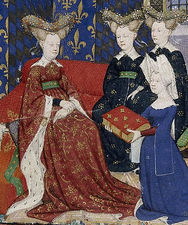
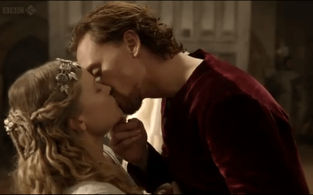
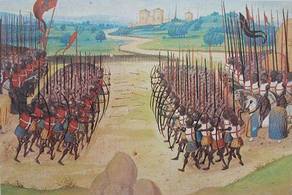
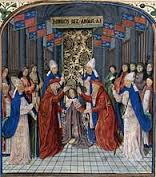
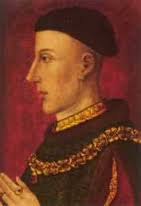
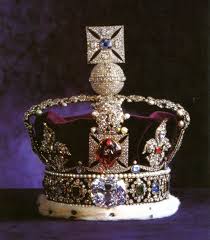
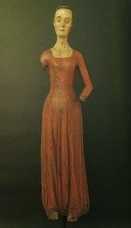

 RSS Feed
RSS Feed
